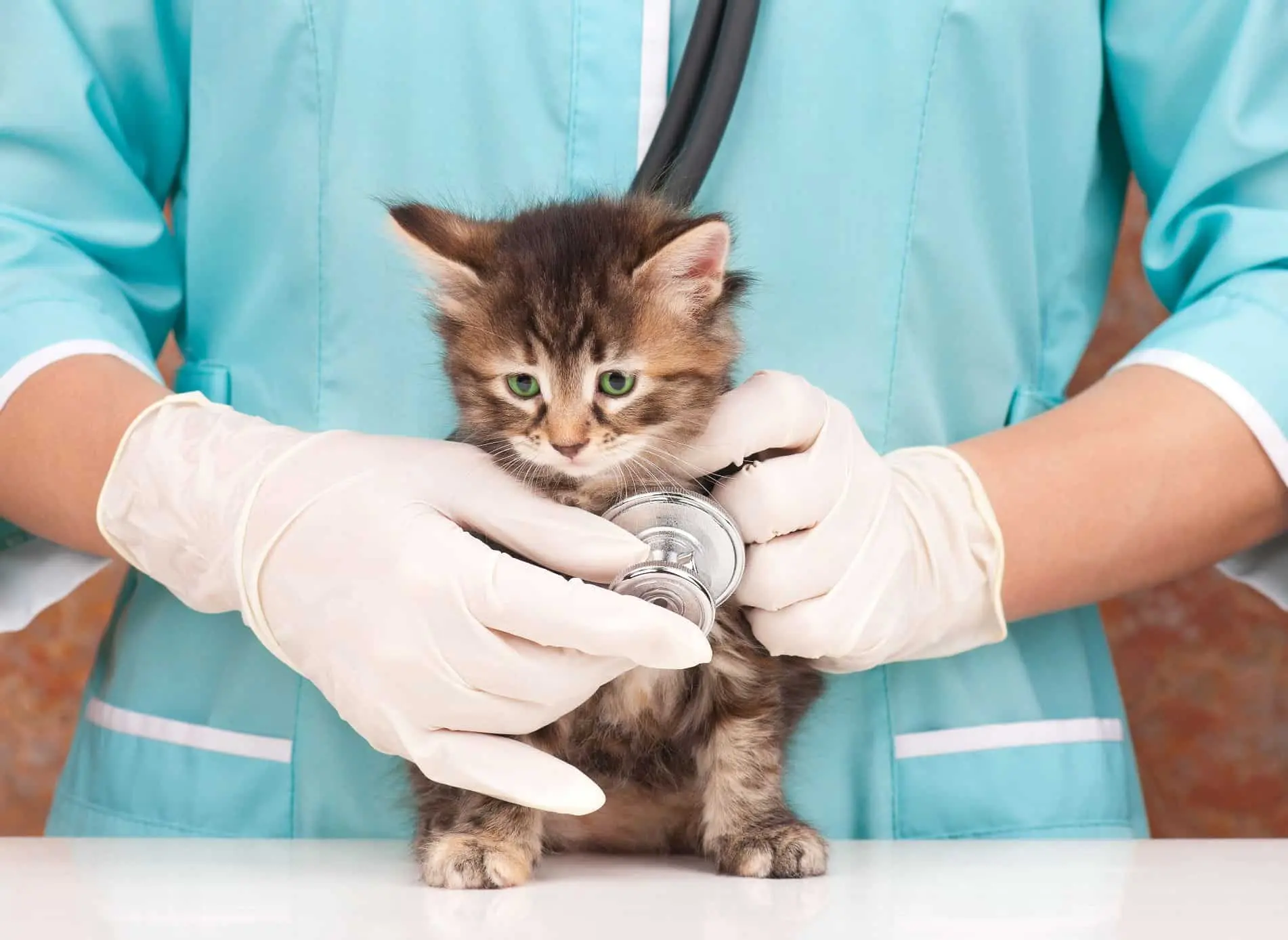
What is Pet Insurance?
Pet insurance is a policy that helps cover the cost of your pet’s medical expenses. It works much like health insurance for humans, where you pay a monthly premium in exchange for coverage on various vet bills. There are different types of pet insurance policies that cover a variety of services, from routine care to emergency treatments.
Why Pet Insurance is Important
The cost of veterinary care has risen significantly over the years. What was once an affordable trip to the vet for a minor issue can now result in a sizable bill. With pet insurance, you can avoid breaking the bank when your pet needs medical attention. Here are a few reasons why pet insurance is essential:
- Rising Veterinary Costs: Veterinary medicine has advanced dramatically, and with those advances comes higher prices for treatments and surgeries. Pet insurance helps ensure that you can provide your pet with the care they need without worrying about costs.
- Unexpected Emergencies: Pets can suffer from accidents or illnesses that require urgent care. Emergency vet visits, surgeries, or diagnostic testing can cost thousands of dollars. Pet insurance can help cover these expenses, allowing you to focus on your pet’s health instead of financial strain.
- Peace of Mind: Having insurance gives you peace of mind knowing that you won’t have to choose between your pet’s health and your finances. It provides a safety net in case of unexpected medical needs.
- Affordable Options: Many pet insurance providers offer flexible plans that can fit your budget. With a wide range of coverage options, you can choose a policy that matches your pet’s needs and your financial situation.
Types of Pet Insurance Coverage
Pet insurance plans can vary, so it’s important to understand the different types of coverage available:
- Accident-Only Coverage: This basic plan covers accidents such as broken bones, poisoning, or injuries from car accidents. It’s usually the most affordable option, but it doesn’t cover illnesses or routine care.
- Accident and Illness Coverage: This plan provides more comprehensive coverage, including accidents and illnesses like infections, cancer, or diabetes. It’s the most common and widely recommended type of pet insurance.
- Comprehensive Coverage: This plan covers accidents, illnesses, and routine care such as vaccinations, annual check-ups, and flea treatments. It’s ideal for pet owners who want full coverage and prefer to include preventive care.
- Wellness Plans: Some insurance providers offer wellness plans that cover preventive treatments such as vaccinations, dental cleanings, and regular check-ups. These plans are usually offered as an add-on to other insurance types.
Factors to Consider When Choosing Pet Insurance
When shopping for pet insurance, there are several factors to keep in mind to ensure that you’re getting the best coverage for your pet:
- Premiums: The cost of the policy depends on the level of coverage, your pet’s breed, age, and health. Compare premiums from different providers to find one that fits your budget.
- Deductibles: Just like health insurance for humans, pet insurance policies usually come with a deductible. This is the amount you must pay out-of-pocket before the insurance kicks in. Make sure to choose a deductible that you’re comfortable with.
- Reimbursement Rates: After you pay for a vet visit, your insurance will reimburse you for a portion of the cost. Reimbursement rates typically range from 70% to 90% of the covered expenses, but this can vary depending on the plan.
- Exclusions and Limits: Be sure to read the fine print to understand what is and isn’t covered under your policy. Some insurance companies exclude certain breeds or pre-existing conditions, and some may have annual or lifetime limits on how much they will pay out.
- Customer Service: Look for an insurance provider with a good reputation for customer service. You may need to file claims or ask questions about your policy, so responsive support is crucial.
How to File a Claim with Pet Insurance
Filing a claim with pet insurance is typically straightforward:
- Visit the Vet: When your pet needs medical attention, take them to the vet. After treatment, ask for an invoice or detailed bill, which will include the cost of services rendered.
- Submit a Claim: Most pet insurance companies allow you to submit a claim online, via email, or by mail. You’ll need to provide the invoice, a completed claim form, and any necessary medical records.
- Reimbursement: Once your claim is processed, the insurance provider will reimburse you for the covered portion of the expenses. The time it takes to process a claim can vary, but it typically takes a few weeks.
Pros and Cons of Pet Insurance
Like any financial product, pet insurance has its pros and cons. Here’s a quick breakdown:
Pros:
- Helps with unexpected medical costs
- Provides peace of mind for pet owners
- Offers flexible coverage options
- Can save you money on expensive procedures or treatments
Cons:
- Monthly premiums add to your budget
- Some conditions or treatments may not be covered
- Deductibles and reimbursement rates can reduce the amount you receive
- It may not be cost-effective for older pets or those with pre-existing conditions
Conclusion
Pet insurance is an investment in your pet’s health and your financial peace of mind. While it may not be necessary for everyone, it can be a lifesaver if your pet requires expensive medical care. By comparing plans, considering your pet’s health needs, and understanding the costs involved, you can find the right pet insurance policy that works for you and your furry companion.






